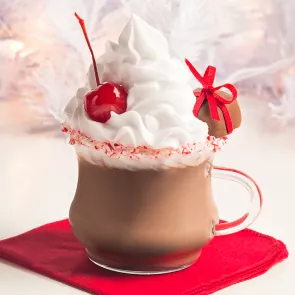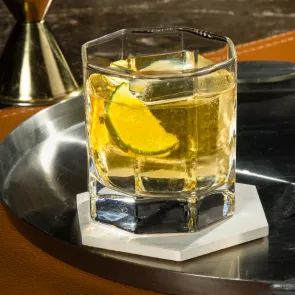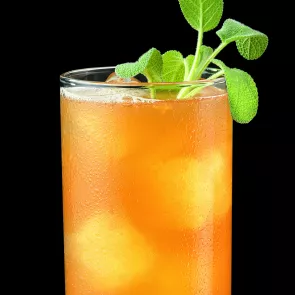Bartending 101
Bartending Techniques
Bartending is part art, part science and always a lot of fun. And there’s a lot more to it than memorizing recipes. Just like any other skill set, there are certain bartending tricks, techniques and best practices that truly set the professionals apart from the “guy who knows how to make a nice margarita.”
Let’s explore some real-world advice from some of the best in the business to help take your bartending techniques to the next level.
1. Embrace “Mise en Place”: Roughly translated as “everything in its place,” mise en place is a French culinary term referring to the practice of setting up your kitchen, or bar in this case, so that everything you need is laid out in a practical and organized fashion.
There should be a designated spot behind the bar for everything from lime wedges to that rare bottle of bourbon. Nothing can mess with your flow like endlessly picking misplaced bottles or having to search for bar tools or garnishes. A good bartender knows where the bitters belong and can reach for them without even looking.
While it’s a good bet your home bar doesn’t have the capacity to be as service ready as your favorite craft cocktail spot, getting as organized and prepped as you can before hosting can go a long way.
2. Become Ambidextrous: Learn how to make drinks using two hands and you will become a multi-tasking, cocktail making machine. With practice, you can get good at using both your hands for separate tasks. Get two shakers going at once. Strain a cocktail into the glass while grabbing that lime garnish. It may take a little time to get your brain used to, but think up a task for that idle hand and give it a shot. Chances are you’re better at it than you think.
3. Build Rounds: While “building rounds” is a nuanced bartending technique, it’s good to familiarize yourself with the basics. Now, if you really want to do this right, you’re going to need multiple mixing glasses or shakers. With that said, the goal is to try and never touch the same bottle twice when making multiple drinks.
If a round calls for repeat ingredients, try to measure that ingredient and add it to each of the respective mixing vessels in one go. Then set that bottle down and move on. So if you have an old fashioned and a daiquiri to make, you should only be grabbing that simple syrup one time.
4. Use a Pour Spout: Also known as a speed pourer, the pour spout is a stainless steel or plastic attachment bartenders often insert into the most used liquor bottles in a bar. Using a speed pourer helps streamline the flow of liquid, giving greater control over the amount of alcohol that is poured and helping prevent spillage or splashing.
To use a pour spout, first check the top of the bottle and make sure it fits securely inside. Hold the bottle firmly at the neck and lift the bottle to a near vertical position, pouring a steady stream of liquid into your jigger or glass. To stop the flow, quickly pull up and rotate the bottle back to its upright position. And always make sure to properly clean and dry your pour spouts at the end of your “shift.”
5. Watch Your Wash Line: The wash line is the level of the drink below the rim of the glass. If you fill a drink all the way to the top of the glass, it makes it difficult to walk with or sip from without spilling (looking at you martini glasses).
Be aware of the size of the glass you're using and the volume of the drink you're making to ensure that the glass suits the cocktail. For most cocktails—whether they’re served up or on the rocks—the ideal wash line is 10-15% below the rim of the glass. This prevents sloshing and spilling while still presenting a drink that has the appearance of being "full."
The wash line can also be an indicator of the cocktail's dilution level. If the drink falls below the wash line you’d expect for that particular cocktail, your drink might be under diluted. Above the wash line and it might be over diluted. Neither will taste the way you want.
The exception to this are drinks with a foam or topped with whipped cream. The liquid wash line should still stay below the rim of the glass, but the topper may go to the top or above.
6. Have A Good Time: Don’t get too caught up trying to do everything right. Have fun and good drinks are sure to follow.






